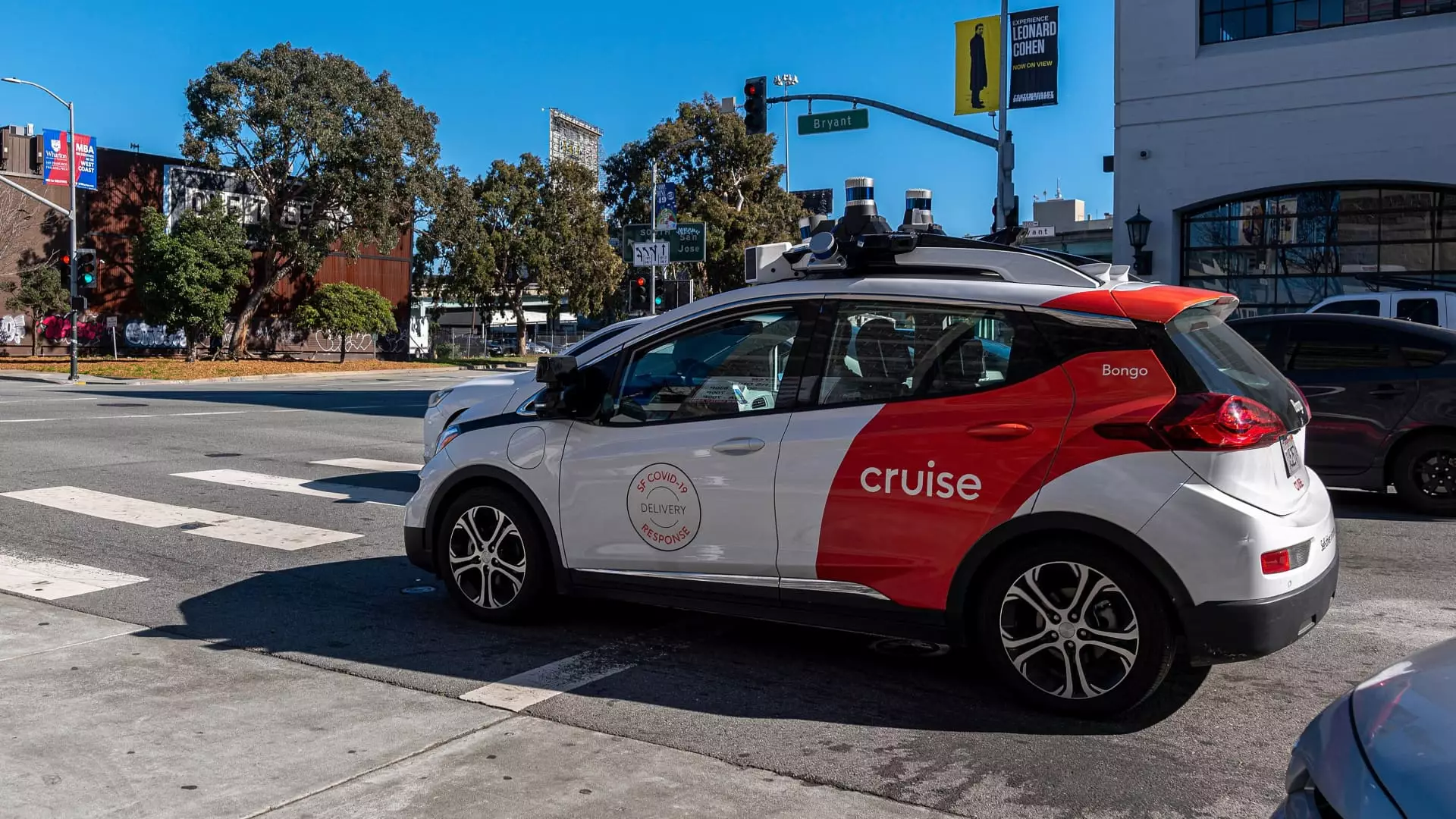After months of being off the road, General Motors’ Cruise self-driving vehicle unit is set to redeploy cars on U.S. roadways starting Tuesday. However, this time around, the fleet will consist of human-driven vehicles rather than the usual robotaxis. This decision comes on the heels of an unfortunate accident that occurred on October 2nd in San Francisco, leading to a suspension of operations. The newly redeployed vehicles will be focused on creating maps and gathering road information in select cities, with Phoenix being the starting point.
While Cruise has expressed its goal to resume driverless operations, no specific timeline has been provided for this transition. The company also remains ambiguous about expanding human-driven vehicles to additional cities. A spokesperson for Cruise stated, “We have not yet made a commitment to where or when we will start supervised or driverless operations.” Despite the uncertainty surrounding the timeline, Cruise views the relaunch of the fleet with human drivers as a crucial step in validating their self-driving systems and moving closer to their driverless mission.
Following the October incident, Cruise made a conscious decision to pause operations in order to rebuild trust with regulators and the communities they serve. The company’s blog post highlighted the significant progress that has been made during this period, with a focus on new leadership, recommendations from third-party experts, and establishing strong partnerships with local communities. Cruise emphasized the continuous nature of their commitment to improvement in safety and operations.
In the aftermath of the October accident, General Motors and Cruise initiated a third-party probe to investigate the underlying causes and issues that led to the regulatory oversights resulting in the incident. The probe revealed culture issues, ineptitude, and poor leadership as key factors contributing to the accident. While allegations of a coverup were also investigated, no evidence was found to support these claims. Cruise publicly accepted the conclusions of the report and expressed full cooperation with state and federal investigations.
In response to the October 2nd accident, Cruise faced inquiries and investigations from various regulatory bodies, including the California DMV, the California Public Utilities Commission, the National Highway Traffic Safety Administration, the U.S. Department of Justice, and the Securities and Exchange Commission. As a result of the accident, significant changes were implemented within the company, including the resignation of co-founders and top leadership, as well as layoffs affecting 24% of the workforce and a round of contractor terminations.
Despite the setbacks and challenges faced by General Motors’ Cruise unit, the company remains steadfast in its commitment to innovation and safety in the self-driving vehicle industry. The redeployment of vehicles in Phoenix marks the beginning of a new chapter for Cruise, one that is focused on transparency, accountability, and collaboration with regulators and communities. As Cruise continues to navigate the evolving landscape of autonomous driving technology, the lessons learned from past experiences will undoubtedly shape the future of the company and its operations.

